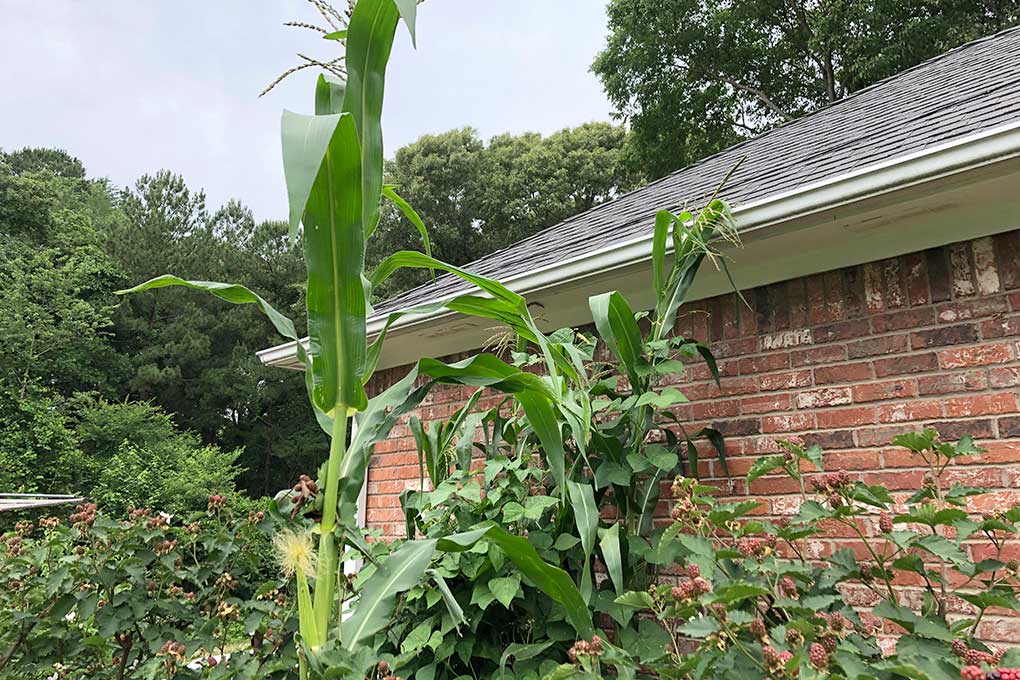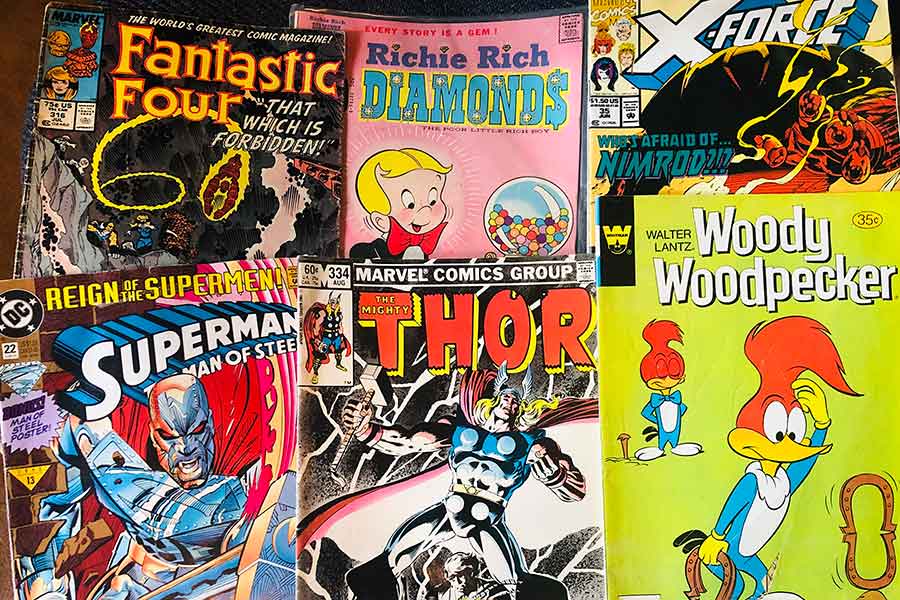Texans receiving unemployment benefits will need to show an active effort to find a job starting Nov. 1.
The Texas Workforce Commission suspended the requirement in March as the pandemic started. More than 3.6 million have filed for unemployment relief since then, according to Texas Tribune research.
Workforce Executive Director Ed Serna said the state continues to suffer from the pandemic, “but we’re seeing employment opportunities begin to bounce back in Texas as our economy restarts. There are opportunities out there, and getting Texans back to work and businesses up and running again will create even more.”
Abhi Rahman, Texas Democratic Party communications director, called the action “wrong and emblematic of Republicans who will do the most cruel thing imaginable every chance they get.”
“These are Texans who are struggling to put food on the table or fighting off evictions,” Rahman said. “These are Texans who have lost everything due to no fault of their own.”
Workforce officials report 695,000 jobs are available at WorkInTexas.com, the state’s online portal. Texas Workforce also reported the state’s unemployment rate jumped to 8.3% in September, up from 7% in August.
State resumes requiring job searches to get benefits
A small-town Texas librarian is making big waves as an advocate for universal broadband access.
Dianne Connery, director of the Pottsboro Area Library, is spotlighted in Arizona State University’s ShapingEDU’s blog for her efforts to make high-speed internet available in her town of 2,000. Pottsboro is about 75 miles north of Dallas.
The article notes she helps library users with their online medical appointments, works to create wifi hotspots around Pottsboro for students during the pandemic, and teaches people how to use Google Drive. She also drives around town testing to show where broadband coverage has been exaggerated by service providers.
“Working in a rural library, I talk to people every day who struggle with not having access to broadband,” Connery said. “Their stories inspired me to work to improve conditions. In particular, I saw how young people do not have the same experiences and opportunities as kids in the suburbs and urban environments.”
Burning like a heat wave
La Niña conditions threaten to make this a dangerously dry and warm winter and spring in much of Texas.
A La Niña event could lead to a drought and a summer heat wave similar to the weather pattern that smacked the state in 2010-11, according to Nelun Fernando with the Texas Water Development Board. Other factors might affect the amount of rainfall between now and the summer, he said, but already 18 counties in West Texas and the Panhandle are experiencing exceptional drought.
“We can say with some certainty, though, that the die is loaded toward drought persistence over West Texas through the winter and possibly through spring,” Fernando said.
Giving Texas the business
The Aggies and the Longhorns aren’t likely to finish No. 1 in football this season, but Texas can celebrate a national championship in economic development.
The state ranked No. 1 for the eighth consecutive time in a survey of U.S. corporate executives. The survey was announced at the International Economic Development Council’s annual conference, which was held virtually in Dallas.
Executives preferred Texas over No. 2 Georgia by a wide margin. North Carolina, Florida and Tennessee round out the top five. Factors cited in the ranking: overall business climate, a favorable tax climate, a pro-business environment, and access to talent.
Carve out Halloween fun with care
Halloween activities will need to be more thoughtful this year to be safe during the pandemic, the Texas Department of Health Service advises.
Trick-or-treating from door to door is considered a high-risk activity for spreading COVID-19 and should be avoided, according to the state health department and the Centers for Disease Control and Prevention. People also should avoid attending crowded indoor costume parties and going to an indoor haunted house or on a hayride with those who are not part of their household.
Instead, the state and federal health agencies recommend lower-risk holiday activities such as carving pumpkins, decorating at home and having a virtual costume party. Moderate-risk activities include participating in one-way trick-or-treating where goodies are left at the end of the driveway; having a small group, outdoor, open-air costume parade where people are 6 feet apart and wear protective masks; and visiting pumpkin patches where people use hand sanitizer, wearing masks is encouraged or enforced, and people are able to maintain social distance.
Costumes with facial coverings are not sufficient replacements for proper cloth face masks, officials said.
“Do not wear a costume mask over a protective cloth mask because it can be dangerous if the costume mask makes it hard to breathe,” the CDC advises. “Instead, consider using a Halloween-themed cloth mask.”
By Chris Cobler, board member and past president of the Freedom of Information Foundation of Texas • [email protected]


















0 Comments